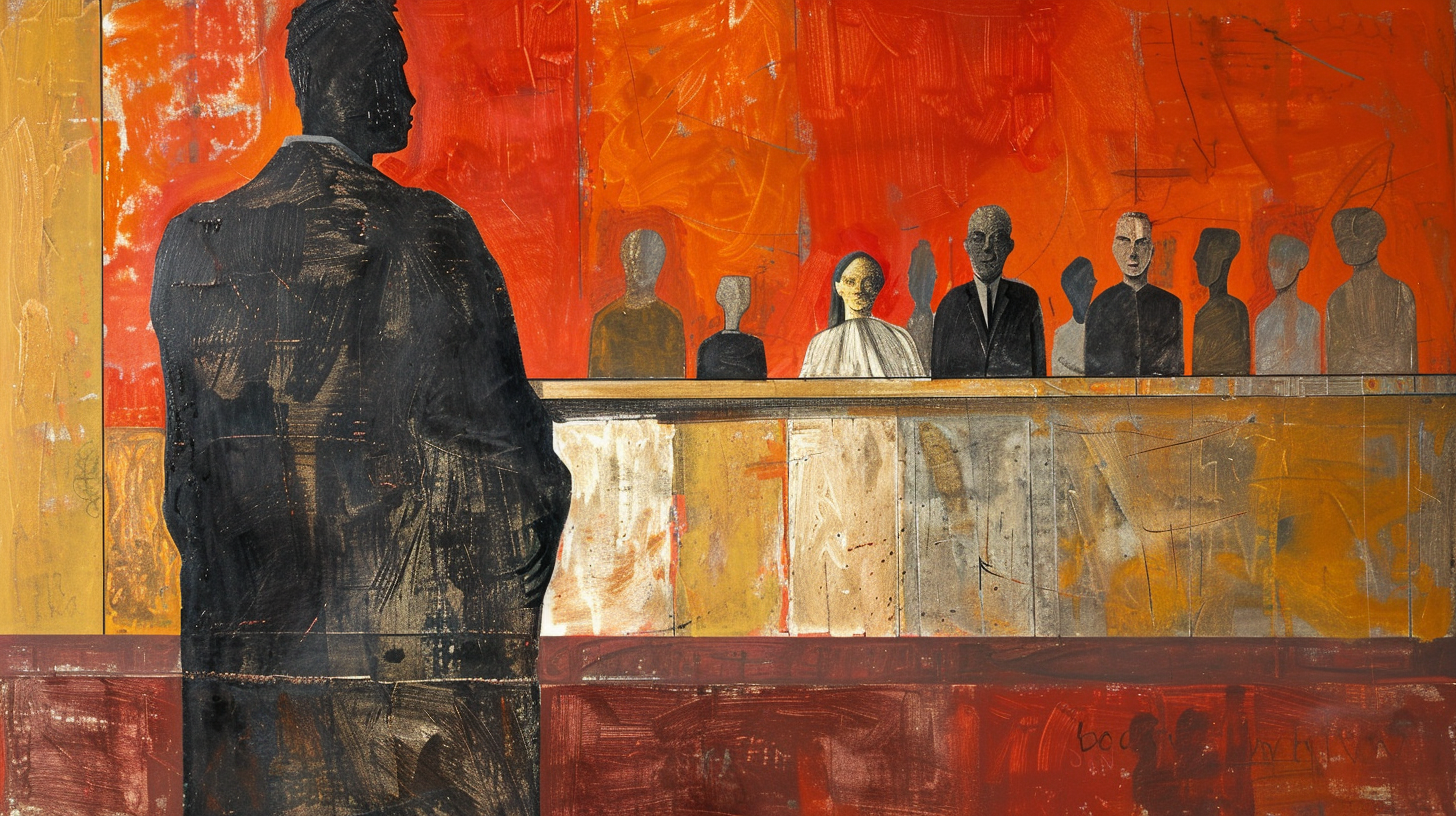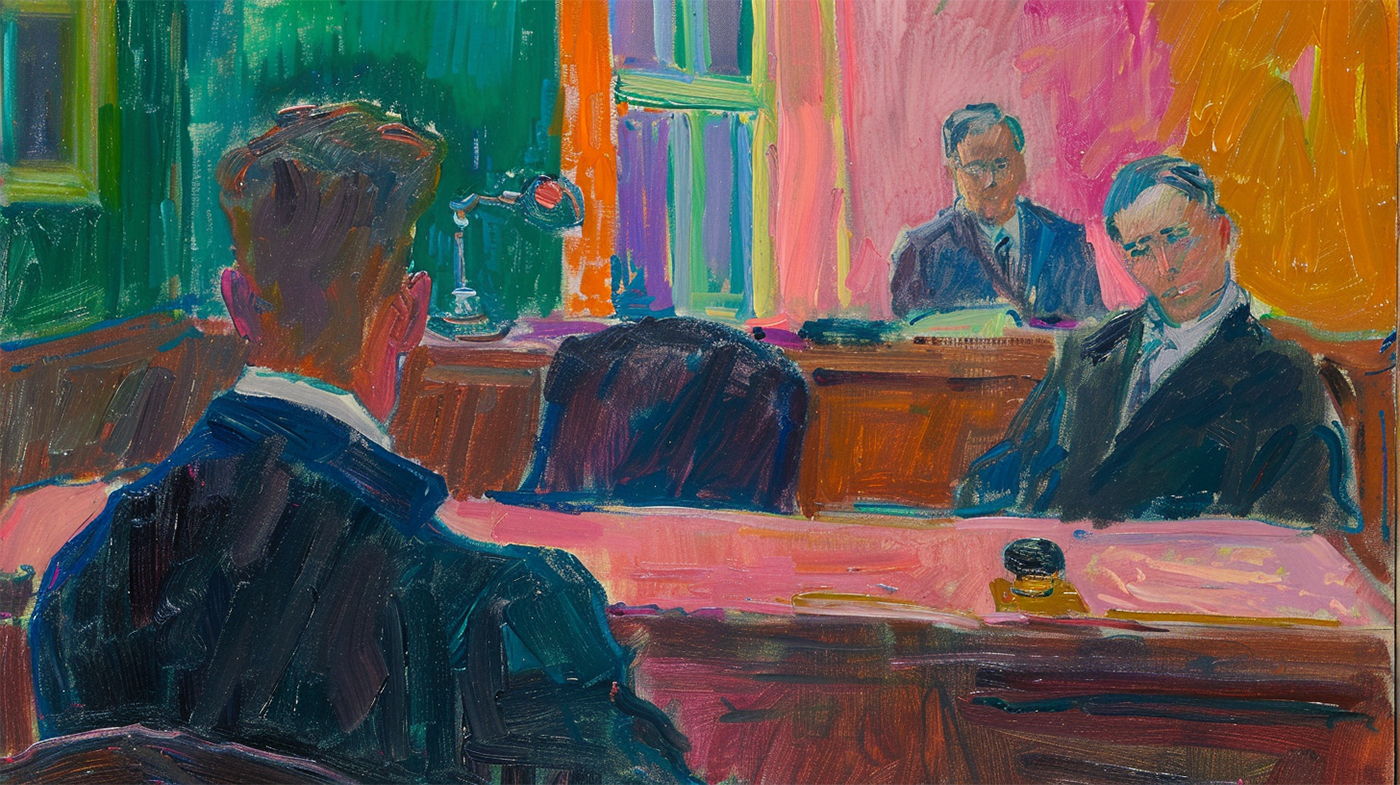Preface: Some time ago, some friends and I noticed there is no comprehensive account of our Malaysian legal history available. There is a void in our national consciousness about the history and developments of its laws, the legal environment and culture in which those developments took place in relation to the bar and bench and its significant personalities. Below is my experiment at writing a chapter about a case I thought was significant in Malaysian legal history to see what it might look like. I have split up the essay into three parts because it is long.
This case begins on 10 April 1995. The High Court ordered an ex-parte mandatory injunction order forcing Ayer Molek to register the transfer of 540,000 ordinary shares of Ayer Molek to Insas Berhad and Megapolitan Nominees Sdn Bhd (IBMN); and after that, Ayer Molek had to issue new certificates to IBMN within two days of receiving the share certificates (‘the 10.4.2015 Injunction Order’).
The Ayer Molek case is infamous in the annals of Malaysian legal history. So naturally, it possesses several notable features worth discussing. That is what this essay seeks to explore.
Two days later, on 12 April 1995, Ayer Molek filed an urgent application to set aside the 10.4.2015 Injunction Order (‘the Setting Aside Application’). It was fixed for hearing the next day, 13 April 1995. However, when the Setting Aside Application came up for hearing the judge, Azmel Maamor J, adjourned it for hearing to 27 April 1995 – 2 weeks later.
The adjournment meant Ayer Molek had to comply with the very order it was seeking to set aside. Naturally, Ayer Molek immediately applied for a stay of the ex-parte mandatory order pending the hearing and decision of the Setting Aside Application (‘the Stay Application’). The judge refused the stay application.
That and the late hearing date meant Ayer Molek had no choice but to comply with the ex-parte mandatory order. The refusal of the Stay Application was unfair. And it was impossible for Justice Azmel to be unaware of the prejudicial effect his decision had on Ayer Molek. He was, by then, an experienced High Court Judge who graduated with a Bachelor of Laws from the University of Singapore and completed a Masters in International Law in Brussels, Belgium.
IBMN was represented by V. Sivaparanjothi and Adam bin Bachek from Messrs V.K. Lingam & Co. According to VK Lingam, he was instructed by Michael Lim, a senior partner in Messrs Shearn Delamore. Insas Berhad was associated with Vincent Tan. Ayer Molek was represented by Loh Siew Cheang and Loo Fong Meng from Messrs Cheang & Ariff.
The application for stay of the ex-parte mandatory order in the Court of Appeal
On 14 April 1995, Ayer Molek complied with the 10.4.2015 Injunction Order and issued the new shares to IBMN. On 18 April 1995, Ayer Molek appealed against the order dismissing its adjournment application and filed an application for a stay of the ex-parte mandatory order pending their appeal before the Court of Appeal. The bench for the stay application comprised NH Chan, Siti Norma bt Yaakob and KC Vohrah JJCA.
KC Vohrah in an article titled, In the Court of Appeal, during the winds of change, which was published in an in-house publication of the Malaysian judiciary in 2014 titled Court of Appeal, 1994 – 2014, 20th Anniversary to mark the Court of Appeal’s 20th anniversary, wrote that Eusoff Chin CJ called a judge into his chambers before the appeal was heard. ‘He (Eusoff) said the papers were related to the Ayer Molek case and he indicated that the appeal had no merit.’ KC Vohrah did not name which judge was called to see Eusoff Chin. He wrote about it being clear the High Court Judge was patently unfair.
Although the judgment appears in NH Chan’s name alone, KC Vohrah explained three of them wrote their respective parts of the judgment. NH Chan focused on the abuse of process in the High Court. Siti Norma queried the applications being heard in the Special and Appellate Powers Division of the High Court instead of the Commercial Division. ‘I wrote on the company law aspects of the case involving the transfer of shares’, wrote KC Vohrah.
He recalled NH Chan weaving their respective parts into a blistering criticism against the High Court for perpetrating an injustice, which begins ablaze in the opening two paragraphs:
This is a motion by the appellants to stay an ex parte mandatory injunction pending appeal to the Court of Appeal. But this case is more than that. This is a case about an injustice which has been perpetrated by a Court of law. This is also a case about abuse of the process of the High Court and, therefore, it concerns the inherent power which any Court of justice must possess to prevent misuse of its procedure and in which the Court has a duty to exercise this salutary power.
Although the ex parte mandatory injunction should not have been granted in the circumstances of this case in the first place, that is not the injustice which is revealed in this case. The injustice is manifest: it is to be seen in the form in which the order is framed, the terms of which pre-empt the defendants from exercising their right to apply to discharge an ex parte injunction obtained behind the backs of the defendants. Here the plaintiffs through their legal advisers have abused the process of the High Court by instigating the injustice through misuse of the Court’s procedure by manipulating it in such a way that it becomes manifestly unfair to the defendants. By doing what they did these unethical lawyers have brought the administration of justice into disrepute among right thinking people. [Emphasis mine]
NH Chan wrote the following in his judgment about the ex-parte mandatory order:
The ex parte order in the instant case which compels compliance of it within two working days and the subsequent conduct of the Judge in adjourning the application of the defendants to set aside the ex parte order to a date after the period allowed for compliance of the order (without granting a stay of that ex parte order) has effectively deprived the defendants from exercising their right to apply to set aside an ex parte injunction. This misuse of the Court’s procedure, in our view, is manifestly unfair to a party to litigation before it. The Court, therefore, has a duty to exercise its inherent power to prevent misuse of its procedure.
The Court of Appeal ordered an interim injunction restraining Insas Berhad from dealing in any way with the shares transferred to it. NH Chan concluded by discussing why it was strange for Justice Azmel to hear an obviously commercial case instead of transferring it out of his division, which at the time was the Special and Appellate Powers Division (SAPD), to the Commercial Division (CD).
These are administrative divisions that used to be found in the Kuala Lumpur (KL) High Courts only, which also had a Criminal Division and Civil Division. These divisions are necessary because the KL Courts draw the greatest amount of cases as well as the most complex of cases more regularly than the other High Courts in Malaysia. As a result, it had evolved towards specialised courts.
SAPD is supposed to only hear appeals from the subordinate courts i.e. the Magistrates and Sessions Courts as well as certain statutory tribunals and judicial reviews against government agencies and statutory bodies. CD is supposed to only hear commercial cases i.e. corporate and contract-related cases. The purpose of these divisions is to streamline the hearing of cases for efficiency. A High Court Judge could hear both cases as was often done in High Courts outside of Kuala Lumpur.
NH Chan famously concluded his case after criticizing the case being heard in the wrong division as follows:
There is also another aspect of this case which warrants our comment. It is this. The respondents’ general endorsed writ avers to a cause of action which is commercial in nature and that being the case, the proceedings should have commenced in the Commercial Division of the High Court at Kuala Lumpur. The heading, however, states otherwise as it carries a registration number, R3-25-3-1995 issued by the Appellate and Special Powers Division. We are very much aware that a civil suit registered in one of the three Civil Divisions of the High Court at Kuala Lumpur can, for good reason, be transferred to another Division of the High Court, but when that happens the registration numbers issued by the two Divisions concerned would appear on the heading, with one substituting for the other. In this instance, there was no likelihood of that happening as the only registration number, R3-25-3-1995 is unmistakably an Appellate and Special Powers Division number, thereby indicating that the respondents had filed their general indorsed writ in that Division and not in the Commercial Division as should have been the case.
The fact that the proceedings were filed in the wrong Division does not render the proceedings to be in any way invalid but may, coupled with other considerations in the present case, give the impression to right-thinking people that litigants can choose the Judge before whom they wish to appear for their case to be adjudicated upon. This, we consider, may lead to very unhealthy negative thinking and since justice must not only be done but must also be seen to be done, it is incumbent on the trial Judge, upon perusal of the pleadings, to have taken the initiative of transferring the proceedings to the right Division so as to dispel any notion that he is partial to any party. This is yet another added reason that strengthened our conviction that it is right and proper that we exercise our inherent power to prevent an injustice being done by the issue of an interim injunction restraining the respondents from enjoying the fruits of the registration of the infamous shares into their names. These observations are made so that people will not say, “Something is rotten in the state of Denmark.” Shakespeare, Hamlet, 1.
The Court of Appeal granted the stay order on 26 July 1995. The written grounds were issued on 31 July 1995. KC Vohrah wrote: ‘Swift as an arrow a stay application on appeal against that decision was filed on July 27, 1995. The application and appeal were heard at the Federal Court on August 1, 1995, before a three-member bench comprising Eusoff, a Court of Appeal judge and a High Court judge. The written grounds were provided 12 days later which set aside the Court of Appeal decision.’
Related Posts
- The Sure Win Case
I call such cases 'sitters'. I don't often get sitters. Rarely, actually. But that's fine…
- The Stinker of a Case
There will come a time in every litigator's career when they will be called upon…
- The Transfer Application and the Forgotten Case
In my early years of practice, I acted for Uncle Chan, a close friend of…
- Seniority and Court Hierarchy
"After five years of practice, I don't want to do anymore lower court work, man.…
- My debut Federal Court appearance
After my debut in the Court of Appeal and getting a few hearings at that…








1 thought on “The Ayer Molek Case | Part One”